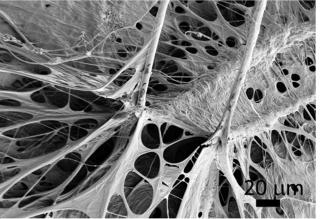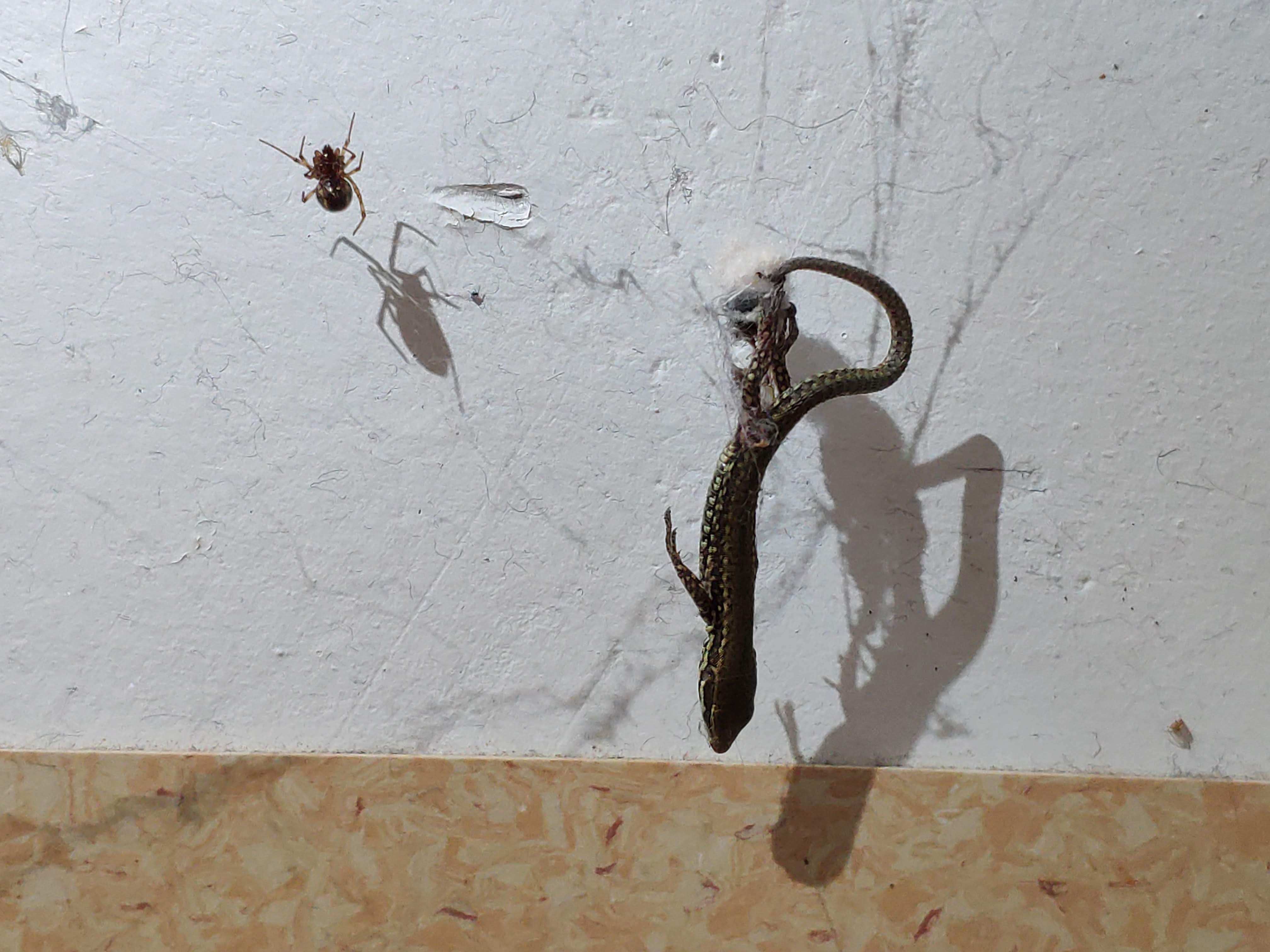News release
From:
Deadlift - Tangle-web spiders can use “pulleys” of pre-stretched silk to capture prey 50-times heavier than themselves, by hoisting them into the air. In the first laboratory study of the mechanics of ‘lifting hunting’ researchers tested the spiders ensnaring beetles of varying size and tracked how efficiently they were lifted. The authors note this ingenious use of silk allows the spider to hunt ‘peculiarly large’ prey, including lizards and small mammals, which would be impossible using muscle strength alone. (Photos and videos available)
The spiders of the Theridiidae’s family display a peculiar behaviour when they hunt extremely large prey. They lift the quarry, making it unable to escape, by attaching pre-tensioned silk threads to it. The cobweb of these spiders, thus, is used as a pulley to overcome their muscles limits.
We thus report here further evidence for the strong role of silk in spiders’ evolution, especially how spiders can stretch and use it as an external tool to overcome their muscles’ limits and capture prey with large mass.
Multimedia





 International
International



